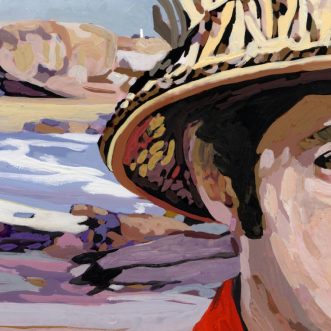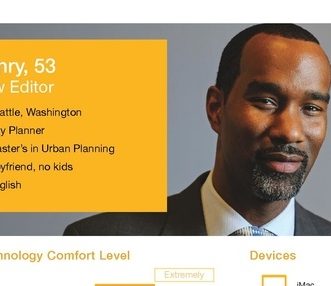July 19, 2021
For an individual business, competing with dozens, hundreds or even thousands of other businesses, the key to achieving an above average rate of profit is to differentiate yourself. To de-commoditise your offer. And one way to do that is by specialising how you do things, rather than what you do.
Most coffee shops do the same thing as their competitors, what differs is the mode of delivery, the ambience, sometimes the coffee. In any given high street, where a customer can choose from half a dozen coffee shops, the one they buy from regularly will the one that feels like their kind of coffee shop. For me, its Cuore, an independent Italian, possibly Caffe Nero, never Starbucks or Costa.
The implication here is that any coffee shop is catering to more than a physical need or desire for coffee. My choice of coffee shop says something about my taste in coffee, but more about my values; who I identify with; the lifestyle I aspire to, and who I want to be seen to identify with.
My choices are a function of my mindset, my worldview, not my age, postcode area or gender. My psychographic profile, not my demographic.
When you articulate the Promise of Value for your business, you are identifying your business psychographic, and by extension that of your ideal clients. These are ‘your kind of people’, the people you can serve, who’ll be willing to pay you more than the alternatives available to them. They’ll thank you for being there for them.
Sometimes, this is enough. But if you are a new business, or an existing business looking to expand, it helps to narrow your focus even further to a subset of the people you serve.
This is where demographics becomes useful. If your psychographic tells you what kind of people you’re looking for, demographics tells you where you’re most likely to find them. It can also help you to identify where they are currently being under-served.
That makes psychographics part of your Promise, demographics part of how you share that Promise. Which leads to the following rule of thumb:
Niche your Promise to find the people you can serve best. They’ll thank you for it.
Niche your Share Promise to find the people you can serve best now. They’ll thank you for it now.








